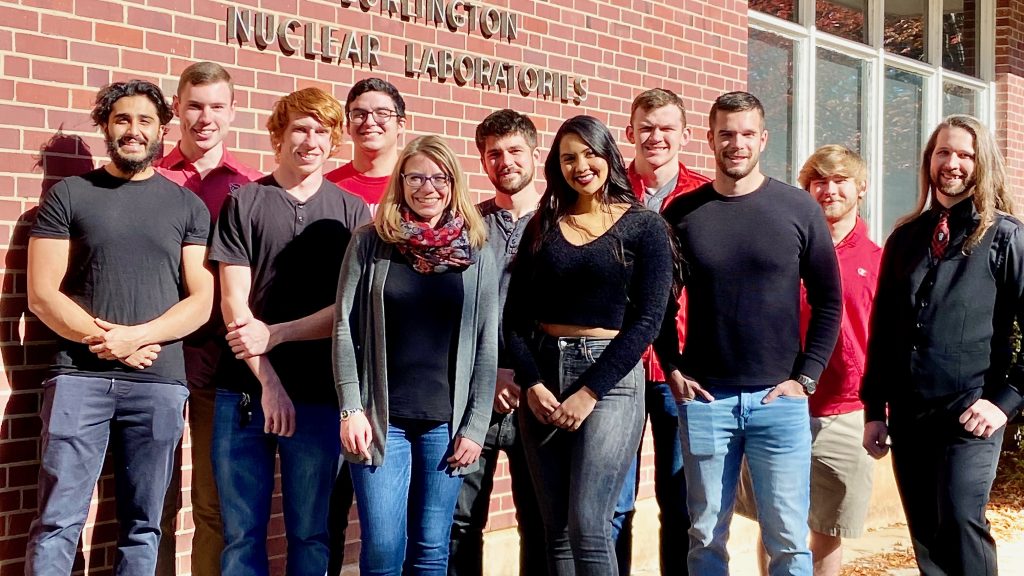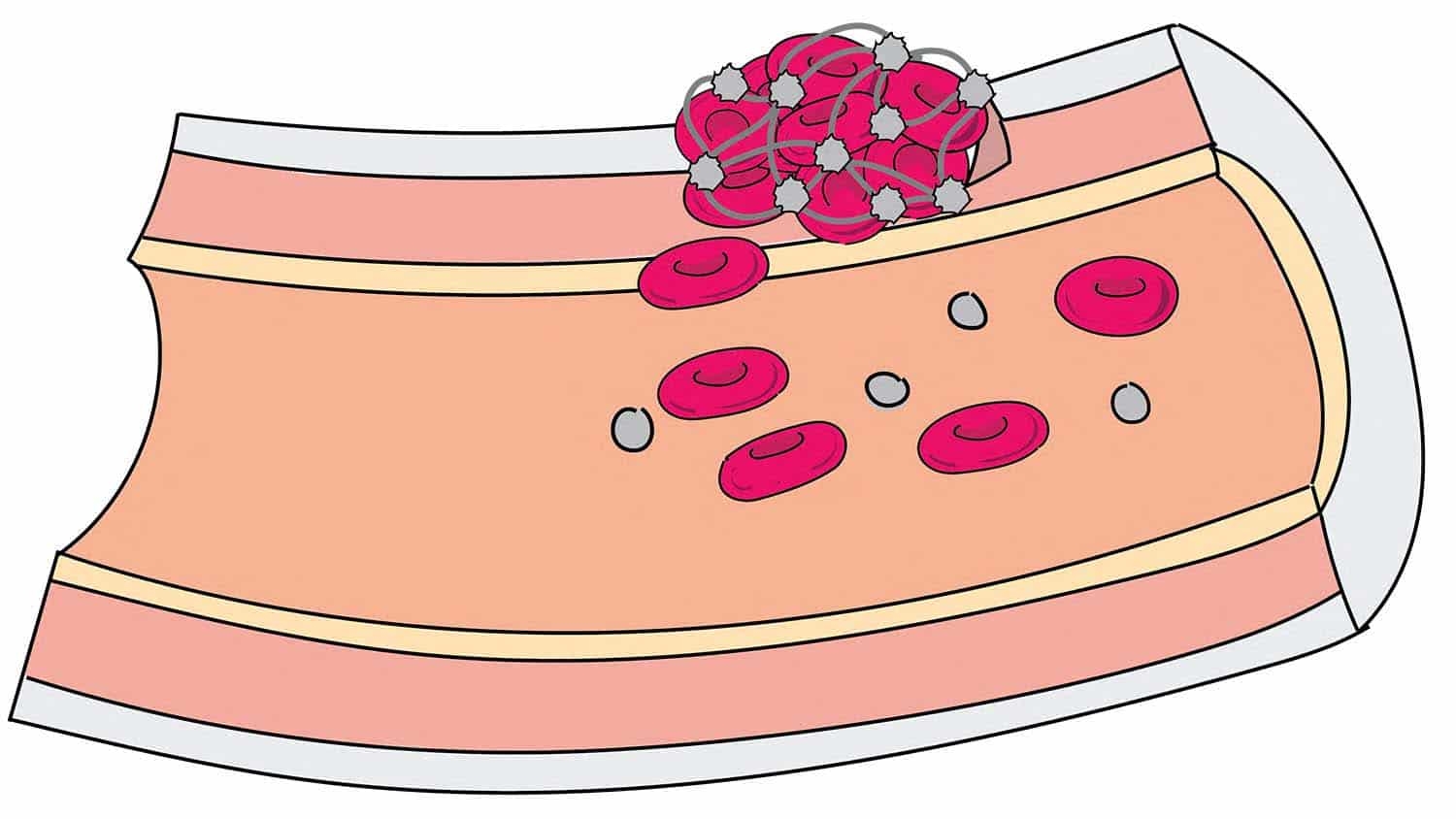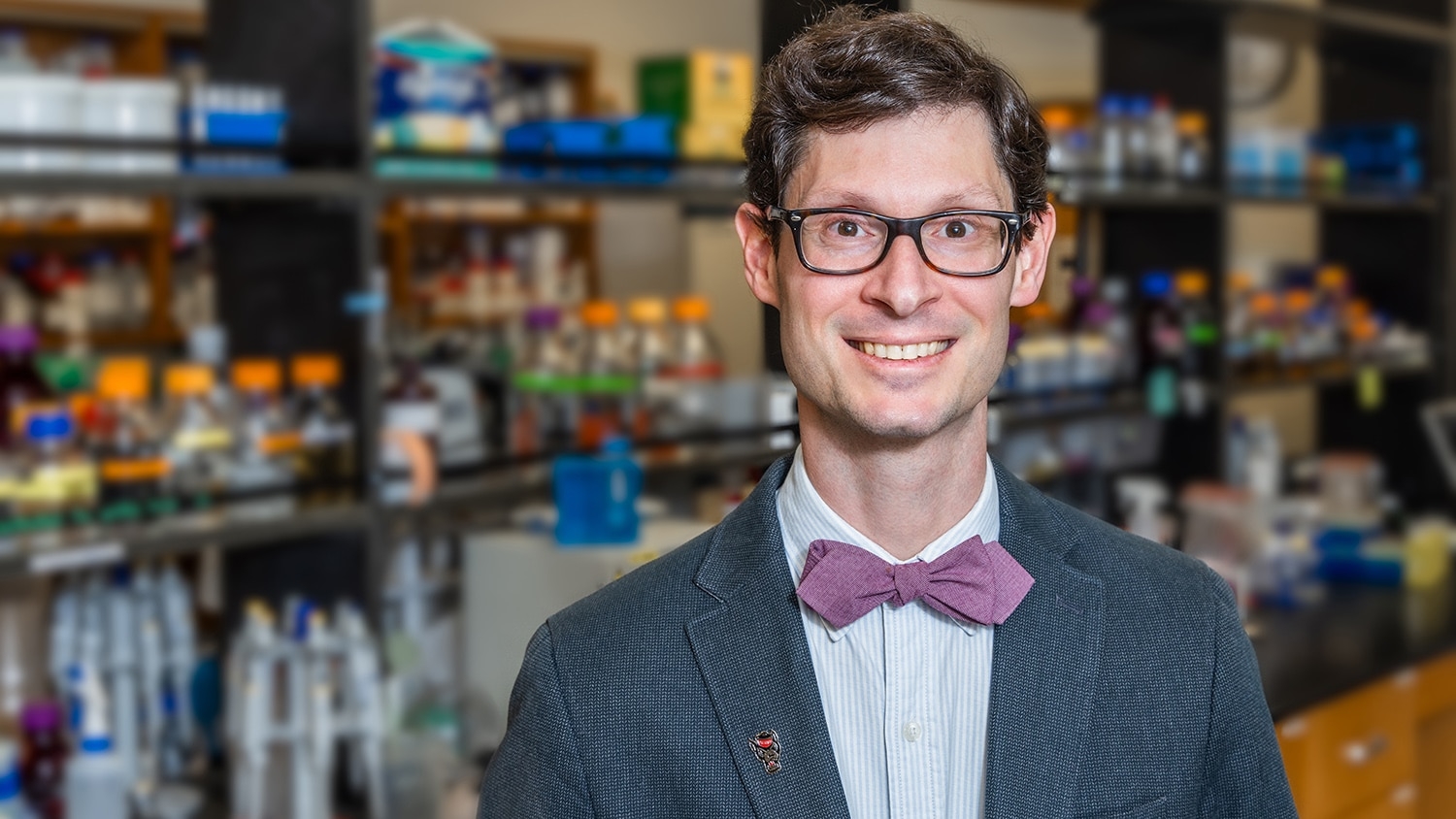Nuclear engineer brings the fourth state of matter to farmers

By Sam Jones
As an assistant professor in her home country of Germany, Katharina Stapelmann was faced with the reality that tenure would never be a possibility. Then, a little over five years ago, NC State’s Steven Shannon posted on Facebook that he was feeling lonely in the Department of Nuclear Engineering and was looking for colleagues to join him. Endeared and intrigued, Stapelmann applied and was soon accepted for a position as assistant professor of nuclear engineering.
Trained as an electrical engineer at Ruhr University Bochum in Germany, Stapelmann studies the interaction between plasmas and biological systems. She first learned about plasmas when she started graduate school. “I just thought it was a very fascinating, new field,” Stapelmann says. “There’s no real industry yet, it’s all really focused on research, but it has a lot of potential.” Plasma research for life science applications is a relatively nascent field, with its primary applications concentrated in the medical industry. Stapelmann herself focuses on plasma-assisted wound healing and plasma oncology.
For those who read “plasma engineering” and think it might have something to do with bodily fluids, this isn’t that kind of plasma. The plasma in Stapelmann’s world is often referred to as the fourth state of matter. “Plasmas are partly ionized gases,” Stapelmann explains. “If we have the example of water: We start with ice, put more energy into it, melt the ice, and get water. We put more energy into it, boil the water, and get gas. And if we put even more energy into this gas, we can partly ionize that gas, strip the electrons from the atoms, and create a plasma. Now we have these electrons that have really high energies.” Plasmas can create large and sustained electrical currents; think lightning, aurora borealis, fluorescent lights and neon signs.
While Stapelmann’s expertise in plasma engineering may sound far removed from the world of plant sciences, that hasn’t stopped her from leading a highly interdisciplinary team of 12 scientists from nine departments in three colleges on the Fertilizer of the Future Project within the N.C. Plant Sciences Initiative.

So how does an electrical engineer healing wounds with the fourth state of matter end up making fertilizer for North Carolina farmers? “We produce reactive oxygen and nitrogen species in the air, and those reactive species are the same ones that the human body produces for signaling processes,” Stapelmann explains. “That’s really how we got connected to the plant sciences because plants and humans are not so different.”
The idea for Fertilizer of the Future was sparked over five years ago when Stapelmann met Chadi Sayde, assistant professor in the Department of Biological and Agricultural Engineering, at their new employee orientation at NC State. “We started chatting and he told me about his fiber optic-based soil sensors,” Stapelmann recalls. Because she knew that nitrogen fertilizer could be produced with plasma-derived nitrate as a substitute for ammonium made from the Haber-Bosch principle, she got an idea. “I said, ‘Huh, with the sensors in the soil we could use plasma to produce fertilizer. We could do fertigation on demand right there on the farm.’”
Using a plasma device, Stapelmann’s component of the project involves optimizing nitrogen fixation in water for delivery in the fertigation system. When Stapelmann’s plasma process is optimized, it can be applied to a fertigation system using Sayde’s soil sensors. “[The sensors] can tell us if the plants need water, if the plants need nitrogen, if they need both. Then we can use our plasma device to create nitrogen fertilizer in the irrigation water on demand,” Stapelmann explains.

So far, preliminary research from the project has shown that plants treated with plasma-derived fertilizer exhibit better growth rates and root structure. Surprisingly, Stapelmann and her team have also found that plants treated with plasma-derived fertilizer have higher stress tolerance than those treated with traditional nitrogen fertilizer. The next step for the team is to conduct field experiments to test real-world conditions and to dig into possible explanations for the encouraging preliminary results. “What I’ve done in the past with plasma medicine is use cells to tell me what’s going on. Now I want to do the same with the plants – let the plants tell us what’s going on when we give them plasma fertilizer,” Stapelmann says.
Three years into Fertilizer of the Future, Stapelmann has learned a lot about plants. “Most of my plants at home just die because I’m really not good with them,” Stapelmann says. But Fertilizer of the Future has revealed the similarities between plants and humans in a way Stapelmann admits she’d never truly been aware of before. “Their metabolism is different than ours, of course – we are not the same – but we all have nitrogen and oxygen that we can do something with. For me, it was an eye-opener that plasma agriculture and plasma medicine are really not that far away from each other.”
- Categories:


